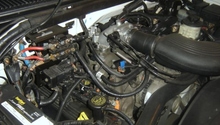Ford F-150/F-250: Why Do I Have White Exhaust Smoke?
An F-150 or F-250 that's running well should not be pouring white smoke every time you get on the gas. This diagnostic will tell you what to look for if yours is smoking more than normal.
This article applies to the Ford F-150 (2004-2014) and Ford F250, F350 Super Duty (2005-2014).
There are a handful of reasons why your truck might be producing white smoke, most of them not too serious. Thankfully, we have put together a handy guide on how to diagnose and fix the problem. Just follow the steps below and we will help you get to the bottom of your mystery smoke.
Tools Needed
- Jack and jack stands
- Socket set
- Pressure gauge and hose
Step 1 – Check for condensation
White smoke is very common, especially in cold weather and in the mornings. Condensation builds in your exhuast over night and in cold weather. If your truck is smoking and it isn't caused by cold weather or condensation, there could be a problem.
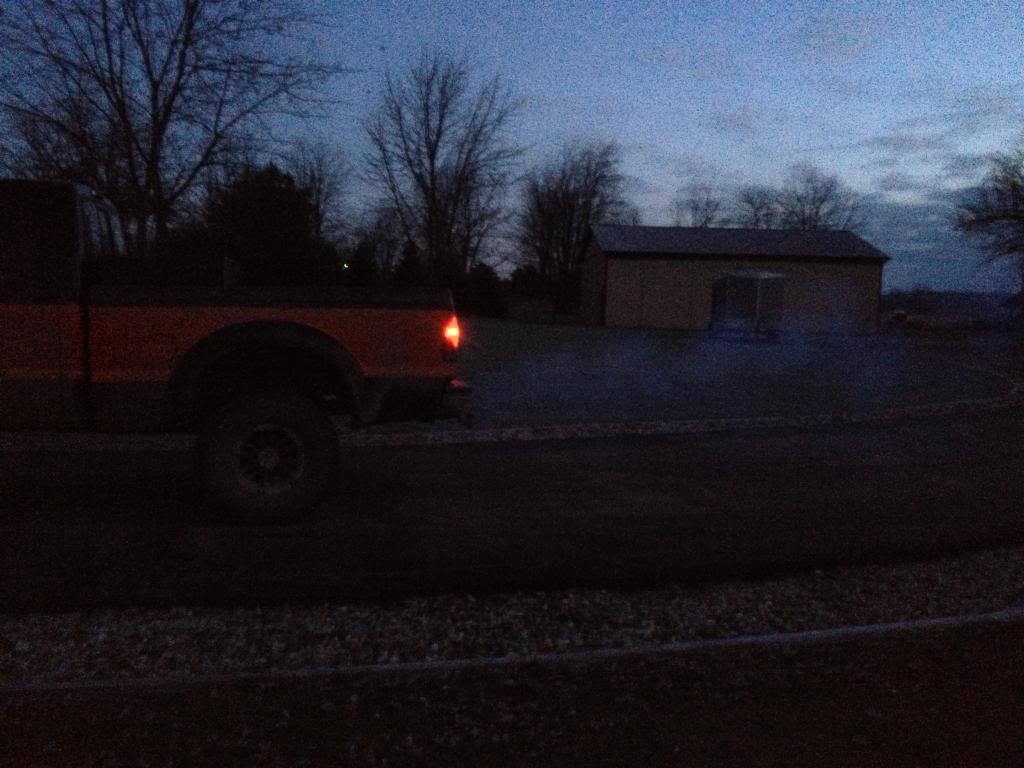
If condensation or cold weather isn't the cause of your smoke, move on to Step 2.
Step 2 – Check for coolant leaks
Coolant that is leaking into the combustion chamber will burn white and sweet. The coolant system in your truck is a closed loop, which means you will be running low on engine coolant if your truck is burning the stuff. If that's the case, you most likely have a blown head gasket. If you coolant level is low and you know you're not burning fluid, check around the coolant lines for signs of leaks.

If you don't have a coolant leak, move on to Step 3.
Step 3 – Check to see if oil is leaking into your combustion chamber
Oil leaks inside your combustion chamber can also cause white smoke. Check for oil leaks. If oil is leaking inside the combustion chamber, it can cause white smoke as well. Oil can find it's way into the combustion chamber a few ways. A bad gaskets, damaged valve seats, worn piston rings, or other physical damage could cause it. A compression test will help you determine if a cylinder has a leak or poor seals.
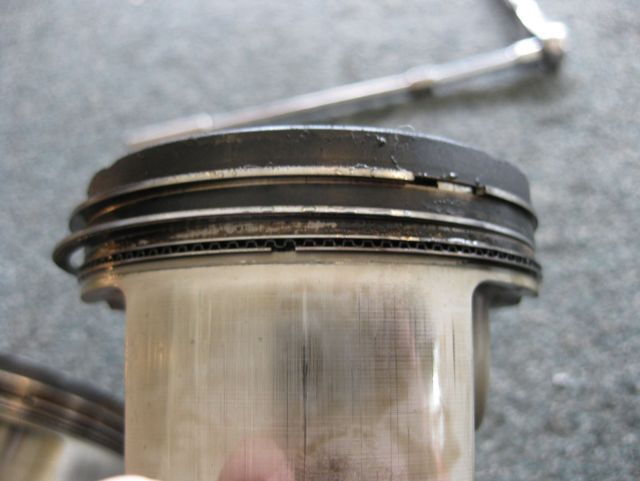
If you don't have an oil leak in your combustion chamber, move on to Step 4.
Step 4 – Check to see if you have a leaky injector
This is a common problem on Ford's modular V8s. They stopped short of issuing a total recall, but Ford will change the injectors on 2005 F-150s and Super Duties. If you're truck falls into those ranges or is still under warranty, the dealer will repair it at no cost. If not, you might have to replace the injector yourself.
(Related Discussion: How to Find a Leaky Injector - Ford-Trucks.com)
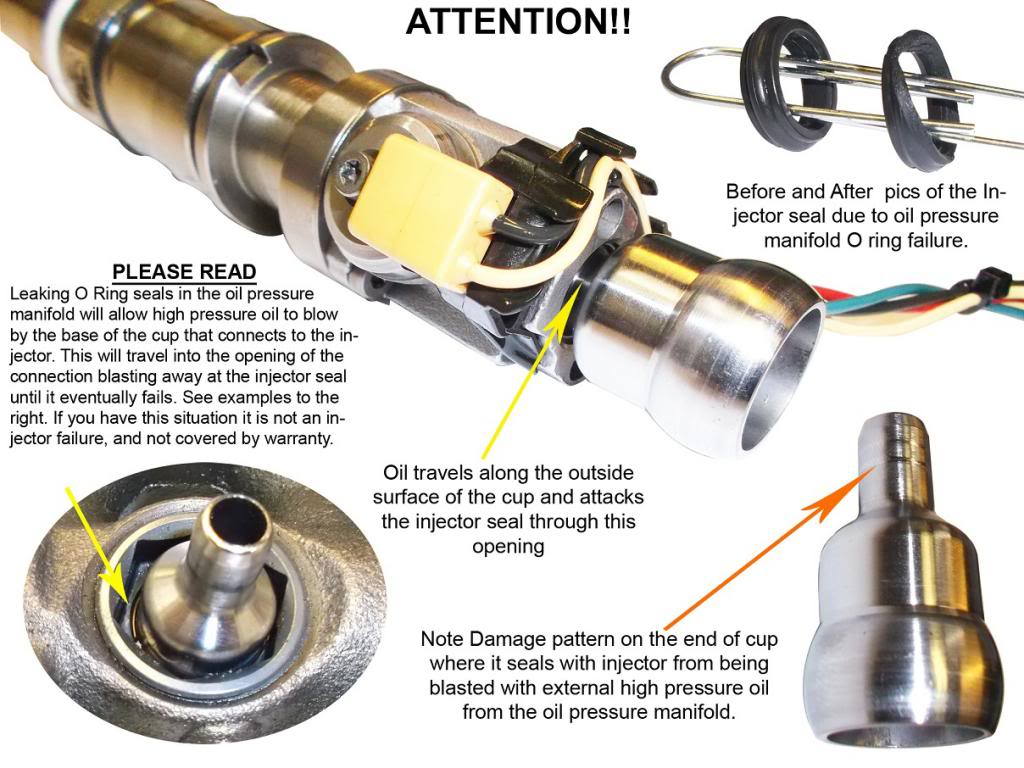
Step 5 – The smoke could be a byproduct of the DPF Regen (diesel only)
If your truck is a diesel and produces white smoke while warming up, this is completely normal. Diesel trucks also produce smoke during the "cleaning exhaust filter" operation. If this is the case, there is nothing wrong with your truck. If your truck is running poorly and you're entering regen mode more frequently, then you likely have other engine related problems.
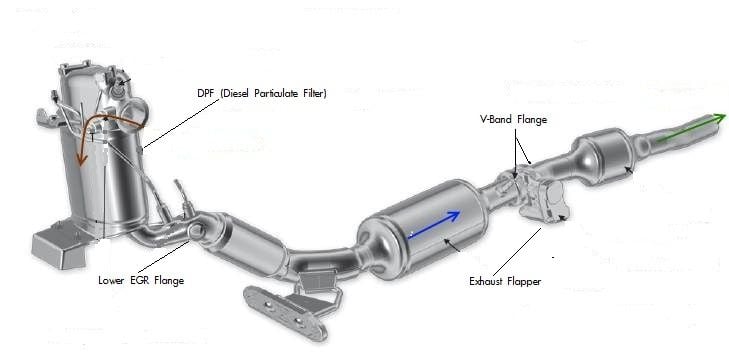
Related Discussions
- Leaky Injectors - Ford Trucks Forums
- White smoke from condensation - Ford Trucks Forums
- EGR and oil cooler leaks cause white smoke - Ford Trucks Forums



